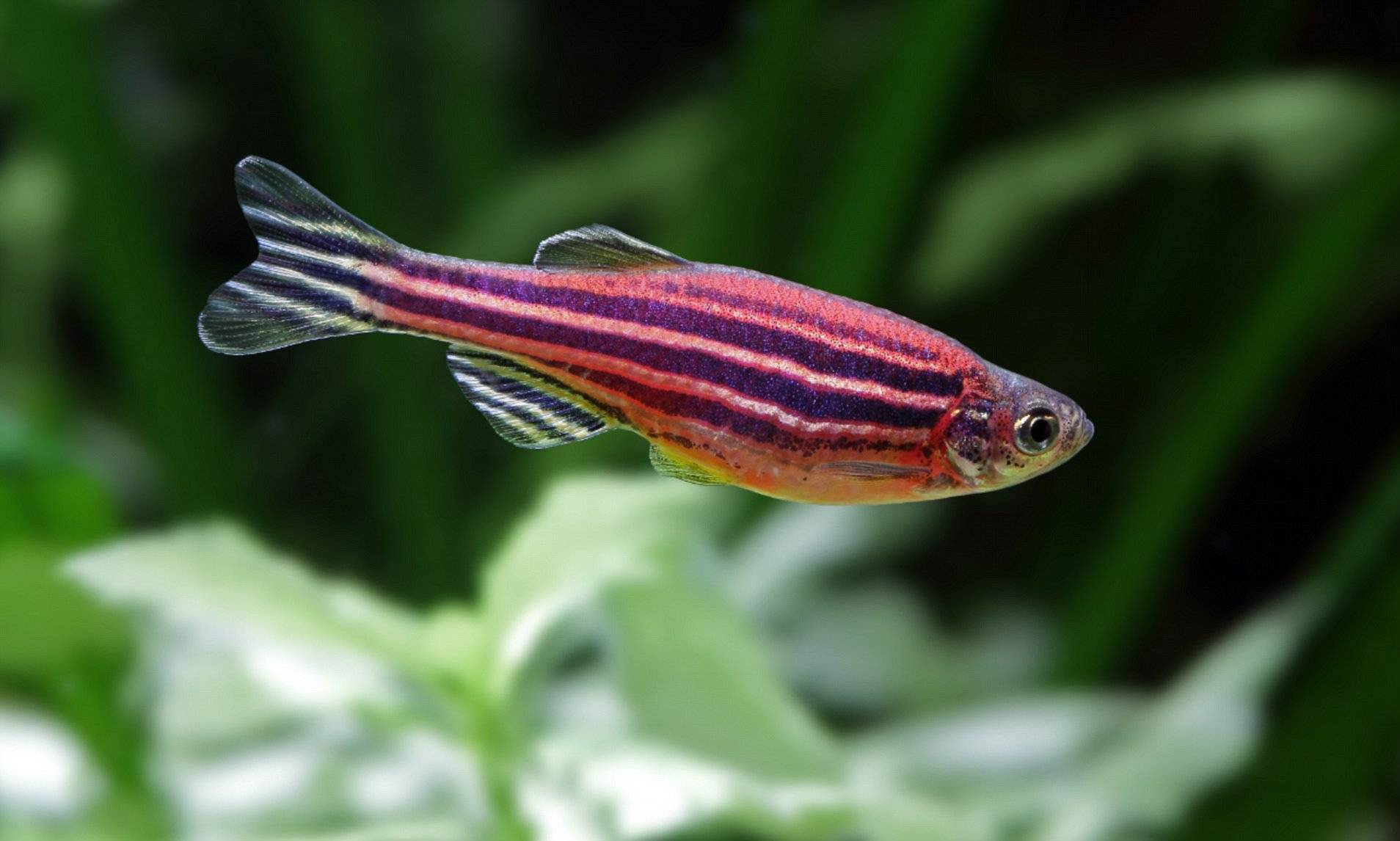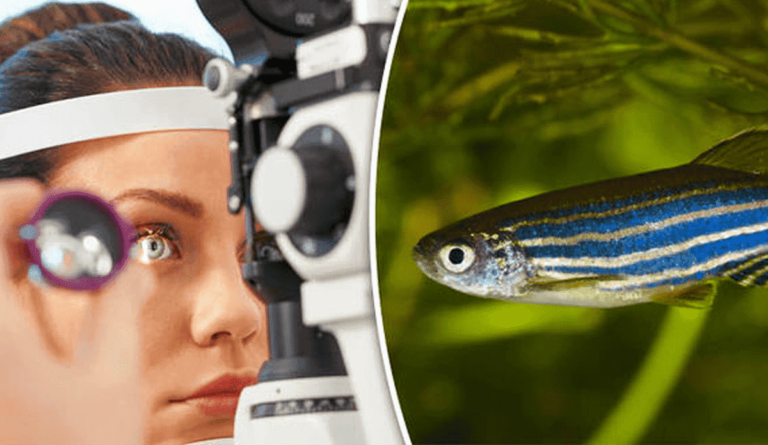
by Sanjay Mishra
The lens in the eye is essentially a glass made of proteins. It needs to stay clear while enduring assaults by ultraviolet light and pollutants. Clouding of the lens causes cataracts, the leading cause of blindness in the world.
Hassane Mchaourab, Ph.D., has long studied a class of lens proteins called alpha crystallins. They are believed to keep the lens transparent by absorbing sick and aging proteins.
Now in a paper published online by the journal Experimental Eye Research, Mchaourab and colleagues including Wenbiao Chen, Ph.D., and Ela Knapik, M.D., have shown that the alpha-A crystallin plays an evolutionarily conserved role between the zebrafish and the rat.
When the researchers disrupted the expression of the alpha-crystallin genes, the fish developed cataracts. They could reverse this by putting the rat gene in the zebrafish. Their work adds to the consensus that the zebrafish, once a favorite of fish hobbyists, is a powerful tool to understand human diseases, such as cataracts.
The research was supported in part by National Institutes of Health grants EY012018 and EY008126.
Send suggestions for articles to highlight in Aliquots and any other feedback about the column to aliquots@vanderbilt.edu






